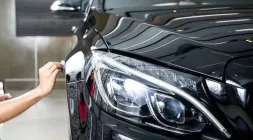What Is The Required Color Of The Plate Lights, Headlights, Rear Lights And More?
Want to add some special touch to your car's lighting system? Let's see what is the required color of plate lights that you should obey.
Lighting system is a crucial factor in exterior designs. In many models, the use of different lighting settings is what differentiates the top-spec models from the lower-range vehicles. For example, LED lighting is usually associated with premiumness as it creates a more impressive effect than regular lightbulbs.
For that reason, the idea of modifying the original lighting setting has a certain lure to many car owners. If you are considering changing your exterior lighting, you should be aware that not all aftermarket lighting systems are allowed by law, especially regarding the color of the exterior lighting.
In the following, let’s find out what lighting modification practices are approved and what is the required color of plate lights that you should strictly adhere to?
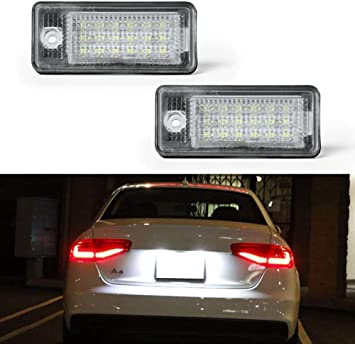
Plate Lights of cars
Changing the car lighting system especially the color of the lighting was very popular among the offroading community. In order to create some crazy effect and enhance the coolness of the vehicle in the darkness, many car mods have chosen to install unusual color of plate lights, headlights, or fog lights.
Having some sort of glowing blue or purple sounds like a brilliant idea to create impressive-looking cars. However, you should be careful because it is, according to law, illegal.
What is the required color of the headlight?
As per the Land Transportation and Traffic Code passed in 1964, changing the color of a car’s headlights or using colored lights that are not approved for international use is considered illegal. Also according to this rule, all vehicles that run on public roads should be equipped with only two headlights, one on each side and there are only two headlight colors allowed: White or Yellow.

Besides the light criteria, there is also a set of rules that specify what types of white and yellow lights are permissible for headlights. According to the new Motor Vehicle Inspection System Process, the front lights should be “capable of adequately illuminating the road at night in clear weather”. The requirements for headlights are also detailed as follows
It means that there is not much that you can do to the headlight system. But how about the rear-end lighting?
What is the required color of plate lights and rear lights?
Apparently, unlike the headlights, the laws specify that rear lamps should emit red light which is visible at a distance of at least one hundred meters.

Besides the headlights and rear lights, another important lighting required by law is the plate lights. It is also added by the law that there should be a white light that illuminates the license plate area. Thế light should remain active when the headlights or park lights are illuminated.
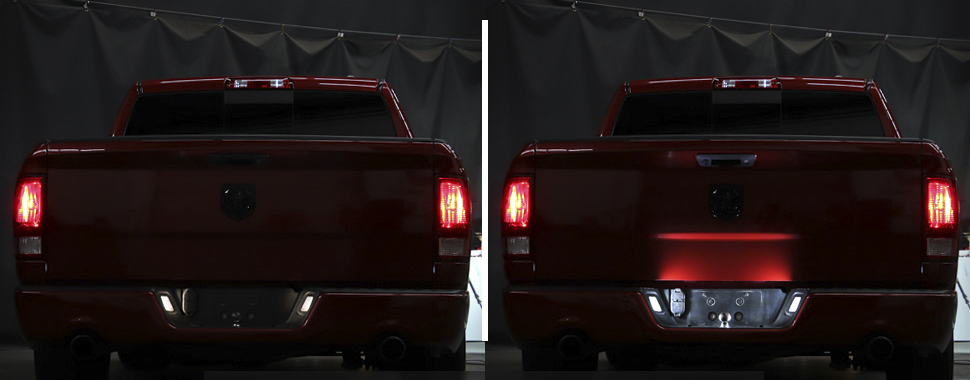
What about the other lights of the vehicle?
The laws also set clear rules about how other lights of the vehicles should be.
Park light
Park lights are small lights located on the right and left sides as well as the front and back end of the vehicle. These lights should be activated when you park your car on a road so other drivers can be aware of your car’s presence. The allowed colors for park lights are white, yellow, and amber.
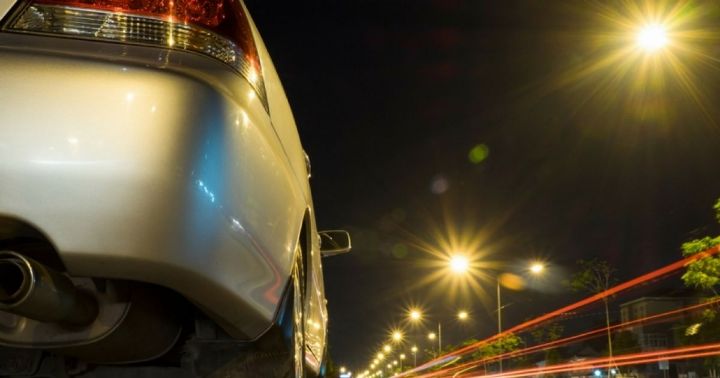
Reverse lights
Located at the rear end of the vehicle, reverse lights are only activated when the vehicle is moving in reverse gear. The regulation also states that reverse lights should be white.
Brake lights
Brake lights are a part of the lighting system at the rear. This particular light unit is required to be red and should be engaged whenever the brakes are used.
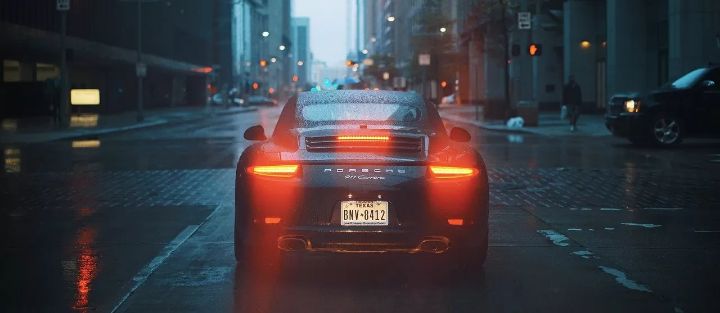
Signal lights
Another key functional lighting part of a vehicle is the signal lights. These lights indicate the direction that the vehicle is going. It should be activated until the vehicle has completed the maneuver. According to the code, the signal light should be yellow.
Reflectors
Technically, reflectors are not lights. Instead of illuminating, reflectors are used to reflect lights from the headlights, in order to increase the visibility of the vehicle. The laws also specify that the red reflectors aren’t allowed to be placed at the front end. On the other hand, white reflectors shouldn’t be used at the rear.
What practices are allowed?
According to the law, it is acceptable to get additional lights on a vehicle with the exception of front red light. It also states that any auxiliary lighting on a vehicle should come with adjustable illumination intensity control. On well-lit roads within a city or heavily populated areas, these auxiliary lighting should be dimmed or turned down completely for safety reasons.
It is allowed to install two additional auxiliary lights that should be either white or yellow. For these accessories, there shouldn’t be more than six bulbs per lamp.
It also adds that the use of external lights with blinking effect (except for the signal light) is limited to authorized emergency vehicles like police cars, ambulances, firefighting trucks, rescue vehicles, and the lights.
What about the underglow lights?
At the moment, there isn’t any regulation that rules out the use of underglow lights. However, for the sake of your own safety, any lighting modification should adhere to the common safety standards.
What happens if you break the rules?
According to the Joint Administrative Order No. 2014-01, you might have to pay the pine of Php 5,000 if the lighting system of your vehicle is not meeting the standard requirements. If your vehicle isn’t compliant with the rules, the authority can totally impound your vehicle and the non-standard accessories will be confiscated.
Conclusion
So we've been through a whole article to find out what is the required color of plate lights. We hope you've known what color of the lights is acceptable and what is not.
Thank you for reading our post on Philcarnews.com!
RECENT ARTICLES


